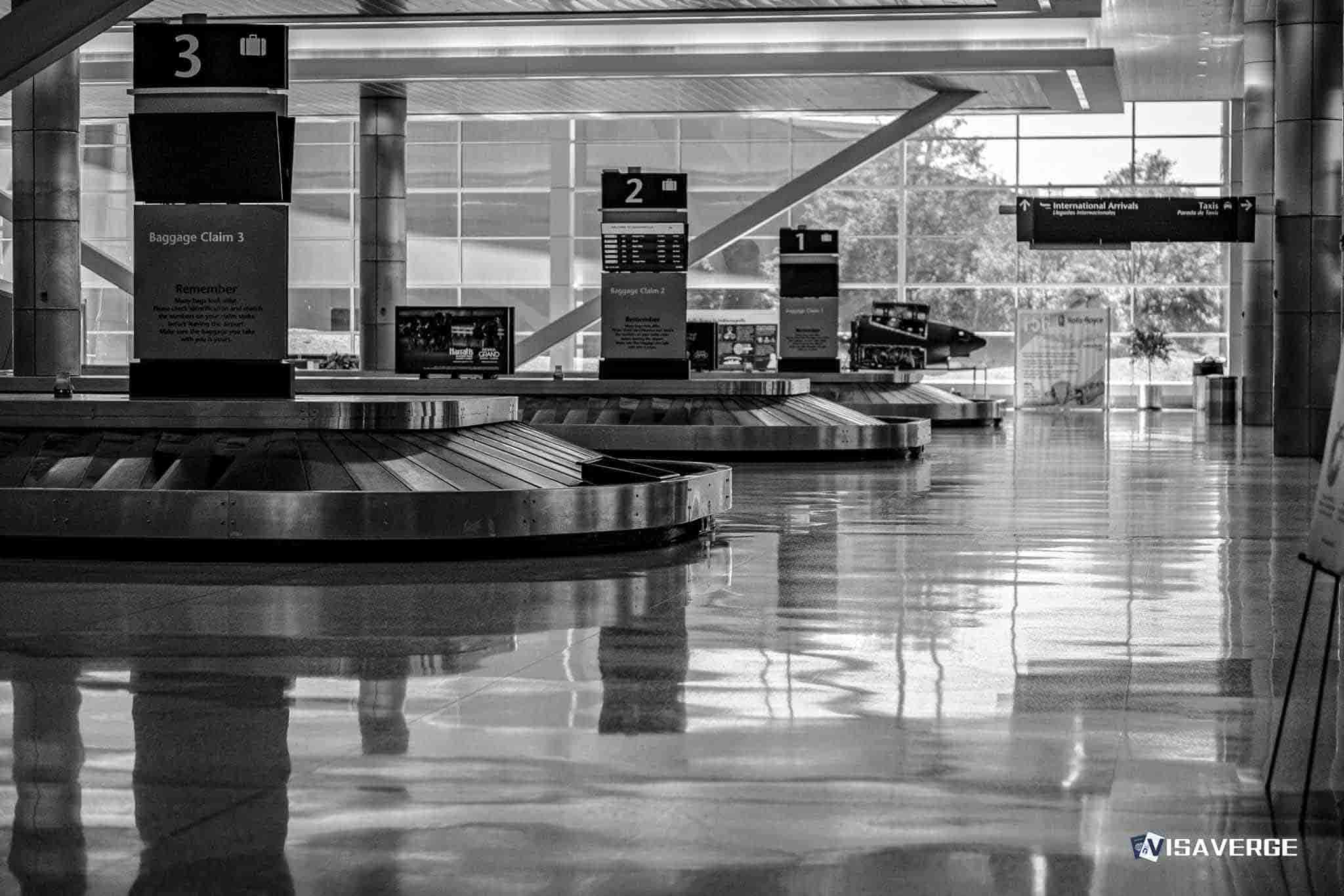Understanding the US Visa Process
If you’re planning a trip to the United States, obtaining a visa is an essential step in your travel preparation. The visa application process can be complex, but with the right information and preparation, it’s feasible. This blog post provides a straightforward guide to help you navigate the US visa process.
Types of US Visas
Before you apply, it’s important to know that there are different types of visas, depending on the purpose of your trip. Some common visa categories include:
- Tourist or business (B1/B2 visas)
- Work visas (H1B, L1, etc.)
- Student visas (F1, M1)
- Exchange visitor visas (J1)
Application Steps for a US Visa
1. Determine Your Visa Type
First, identify the right visa category for your visit. The official U.S. Department of State’s Bureau of Consular Affairs website provides detailed descriptions for each visa type to help you decide.

2. Complete the Online Application (Form DS-160)
Fill out the DS-160 form online, which is a prerequisite for most visa categories. This form collects your personal information and details about your planned trip.
3. Pay the Visa Application Fee
Visa fees vary based on the category of visa. Make sure to check the most current fee structure and pay accordingly.
4. Schedule Your Interview
Visa interviews are conducted at the U.S. Embassy or Consulate in your country. Schedule an appointment for your visa interview online or through the phone, as early as possible since wait times can vary.
5. Prepare for Your Interview
Gather all necessary documents, including your passport, application confirmation page, application fee receipt, and photo. Additional documents may be required based on the type of visa, such as evidence of your employment and financial stability, proposed itinerary, and proof of ties to your home country.
6. Attend the Visa Interview
During the interview, a consular officer will determine whether you are qualified to receive a visa. Answer all questions truthfully and provide any additional information if asked.
After the Interview
If your visa is approved, there might be an additional visa issuance fee. The consular office will inform you of how and when your passport with the visa will be returned to you. Some visa applications require further administrative processing, which takes additional time after the visa interview.
Tips for a Smooth Application Process
- Apply Early: Visa processing times can vary, and delays are possible. Start the application process well ahead of your planned travel date.
- Understand Visa Rules: Be clear about the activities you are allowed to engage in with your visa, as violating visa terms can result in serious consequences.
- Maintain a Positive Attitude: Your interview is a critical part of the process. Be polite, concise, and honest with the consular officer.
Conclusion
Getting a US visa may seem daunting, but a careful and informed approach can make the process smoother. Always refer to official resources for the most accurate and updated information. Remember, the key to success is understanding the requirements, preparing thoroughly for your interview, and applying well in advance of your trip. With these tips in mind, you’ll be better positioned to navigate the US visa application process.
So there you have it, my techie friend! Navigating the US visa process doesn’t have to be an uphill battle. From determining the right visa type to acing your interview, we’ve covered it all. But hey, if you’re hungry for more visa knowledge or just want to explore other tech wonders, head on over to visaverge.com. Trust me, it’s a rabbit hole worth diving into! Happy travels and happy exploring!
FAQ’s to know:
FAQ 1: What are the different types of US visas?
Answer: There are different types of US visas based on the purpose of your visit. Some common visa categories include tourist or business visas (B1/B2), work visas (H1B, L1, etc.), student visas (F1, M1), and exchange visitor visas (J1). Each visa category has specific requirements and restrictions.
FAQ 2: What are the steps to apply for a US visa?
Answer: The application process for a US visa involves several steps:
- Determine your visa type by reviewing the official U.S. Department of State’s visa descriptions.
- Complete the online application form (DS-160) with your personal and trip information.
- Pay the visa application fee according to the current fee structure.
- Schedule an appointment for a visa interview at the U.S. Embassy or Consulate.
- Prepare all necessary documents, including passport, application confirmation, fee receipt, and additional evidence based on the visa type.
- Attend the visa interview, answer questions truthfully, and provide any requested additional information.
FAQ 3: What should I expect after the visa interview?
Answer: After the visa interview, if your visa is approved, you may need to pay an additional visa issuance fee. The consular office will inform you about the process of receiving your passport with the visa. Some visa applications may require additional administrative processing, which can take extra time beyond the interview. It’s essential to follow the instructions provided by the consular office and maintain patience throughout the process.
What did you learn? Answer below to know:
- True or False: The DS-160 form is a mandatory requirement for all types of US visas.
- Which document(s) may be required for the US visa interview? a) Passport b) Application confirmation page c) Application fee receipt d) All of the above
- What are some tips for a smooth US visa application process? a) Apply early b) Understand visa rules c) Maintain a positive attitude in the interview d) All of the above












